At every conference I attend there is a discussion about forecasting, usually centred on either the need to incorporate ‘Big Data’ into the forecasting process or the need to use more sophisticated algorithms in the forecasting application.
But most companies are facing more fundamental problems in their forecasting processes that are really ones of leadership and approach. Common problems include the following:
- The forecasting process is disconnected from the financial forecast used to drive senior management decision making
- The forecast only runs to the financial year end
- A one size fits all approach is taken – for example, all products are forecast by stock keeping unit (sku) by week by customer by the sales force
Fixing these issues requires leadership, not a more sophisticated forecasting tool or a huge ‘Big Data’ project.
1. Disconnected forecasts
The forecasting process must be part of a joined-up decision making process whether you call it Sales and Operations Planning (S&OP) or Integrated Business Planning (IBP) or your own acronym. Without this end to end process mentality, the forecast however good it might be, will not be used for decision making, so the effort to create it is wasted. It should be a window into the future, but if the business has a separate financial forecasting process (probably owned by the finance function and focused on the budget numbers) gaps and problems in the future will not be spotted until it is too late to act.
2. The Concertina Horizon (also known as Year End obsession)
This lack of joined-up thinking is also visible in the second common issue – forecasting and planning only until the end of the financial year. Clearly a year end focus is important, but not a year end obsession. Some companies act as if nothing needs to be planned beyond the year end, and emerge blinking into the new financial year and find that no commercial plans have been agreed and so retailer slots have been missed, procurement have had to take a flier on purchasing raw materials for the months ahead and have inevitably got it wrong, and manufacturing are making the wrong products because they were guessing what the business would be selling. A rolling forecasting and planning process such as S&OP must be just that, rolling, not stopping at the year end!
3. One Size Doesn’t Fit All
Perhaps the most common area where leadership has failed in forecasting however is in agreeing a sensible forecasting approach. All too often one person or one function shouts loudest and dictates the whole approach. It may be that they believe in bottom-up forecasting by sku by customer, using weekly forecast buckets, or they are advocates of statistical forecasting and want to exclude ‘sales’ input from the process.
In my experience not everything should be forecast the same way. Rather than defaulting to one size fits all, we should think carefully about the nature of the products or services we are forecasting, the markets and channels we are selling in and what decisions we want to make using the forecast.
Taking the first point, the nature of the products or services we are forecasting may suggest the use of statistical forecasting applications if some or all products follow predictable patterns of demand. If however some products have unexpected spikes in demand, perhaps due to sales promotions, we will need to include sales intelligence in the forecasting process. So we will have to decide which products are forecastable based on history (and use statistics for these) and which require manual intervention.
Similarly, the second point about channels and markets needs thinking about. Taking the UK beer industry as an example, one can identify two obvious segments for forecasting: on-trade (pubs, bars, cafes and hotels) which is characterised by reasonably predictable demand, and off-trade (large retail chains such as Tesco and J.Sainsbury together with independent retailers, and smaller chains) which is much less predictable. Within those two main channels we can again segment and apply a different forecasting approach. Within the off-trade we may choose to forecast individually for each of the main retailers and then have a separate ‘others’ channel to forecast the rest of the off-trade market. The main retailers would typically have forecasts created with a lot of bottom-up detailed sales input (e.g. predicting the timing and impact of promotions and product listings), but the ‘others’ channel would probably best be forecast from a top-down perspective. Positive changes in one small shop are likely to be cancelled out by negative changes in another one, so why waste effort trying to forecast at a detailed level?
Finally we should consider what decisions we want to take using the forecast since this will determine the horizon we need to forecast for and the granularity within that horizon. Again there is no one size fits all. For longer-term decisions such as checking capacities of your factory, or warehouse, or the requirement for a key raw material, high level roughly right numbers will suffice, so monthly or quarterly time buckets and no need to worry about what pack variants you will be selling in 8 months time. They will all take the same amount of warehouse space.
In the short-term however, particularly if we are driving production and inventory from our forecasts, we will require detailed forecasts by sku and by week. The obvious trap to avoid is to take this forecasting approach and extend it across the whole horizon.
Conclusion
Investing in ‘Big Data’ or the most sophisticated forecasting application in the world will not answer these questions for you. Leadership is required to understand the multiple different perspectives on the issue, and combine them into a sensible forecasting approach that optimises the validity and usefulness of the forecast whilst minimising the effort required to create it.
This post was first published onLinkedIn Feb 2016
